Hydrogen peroxide is one of the most effective bleaching agents around. However, it is not the only one in the business. To know more, read on...
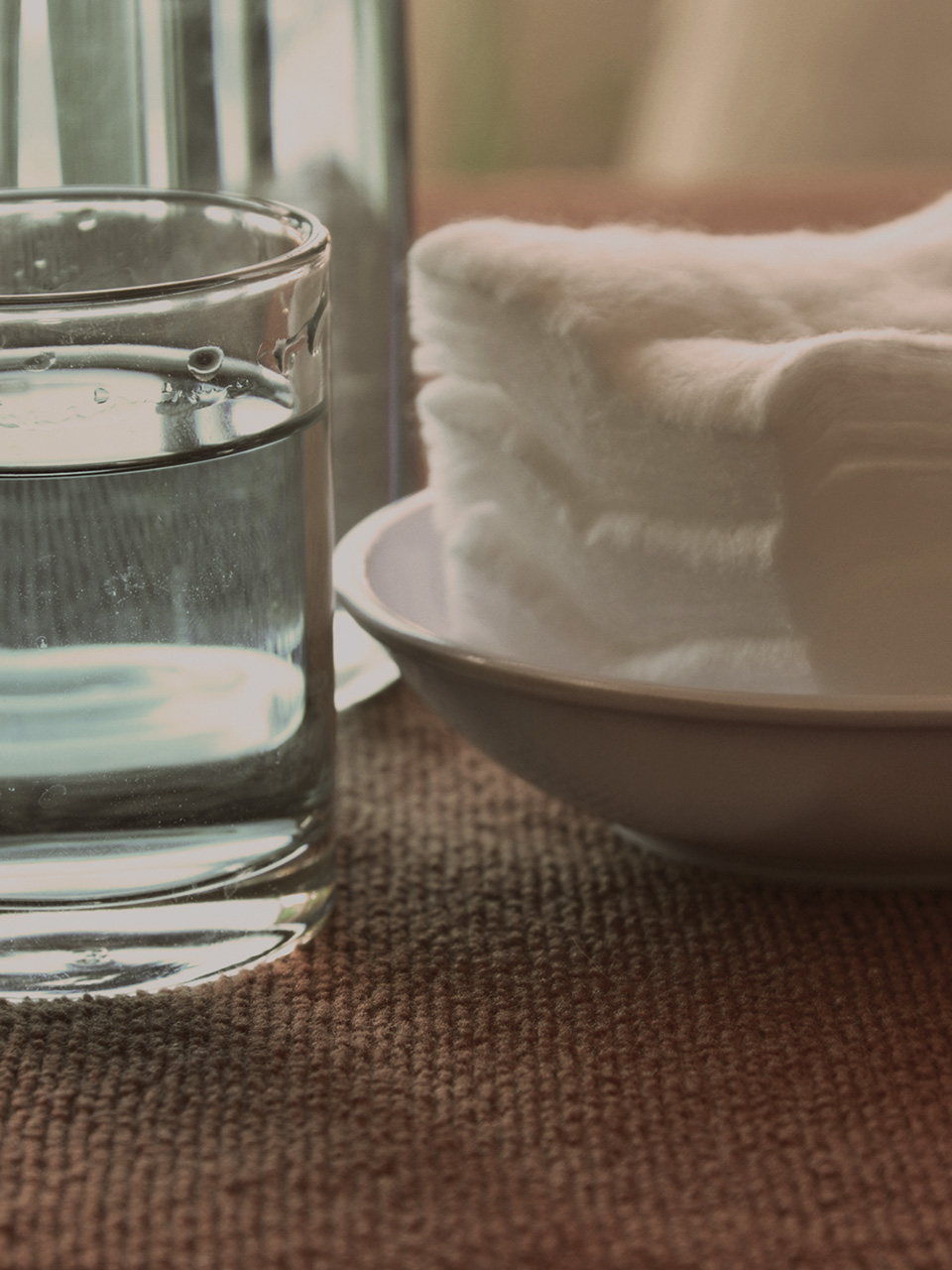
Tap to Read ➤
Active Ingredients in Bleach
Shrinivas Kanade


Hydrogen peroxide is one of the most effective bleaching agents around. However, it is not the only one in the business. To know more, read on...

Sunlight is a natural bleaching agent. Chlorine was discovered by Carl Wilhelm Scheele in 1774. However, the world had to wait till 1785, when Claude-Louis Bertholle demonstrated its properties as a bleaching agent. Here we have elaborated on its most active ingredients, and its properties.

Bleach is a chemical substance used to remove stains. During the process of whitening, bleaching chemicals attack chromophores, containing molecules of colored substances such as stains, natural fibers etc. The double bonding, between carbon and oxygen atoms of colored substances, are responsible for the absorption and reflection of the natural light.

Natural light is made of a spectrum many colors, ranging from red to violet. Each color is nothing but light of a certain wavelength. When these bonds are intact, they selectively absorb certain wavelengths i.e., colors, and reflect the rest of it. It is these reflected light waves that enter our eyes.
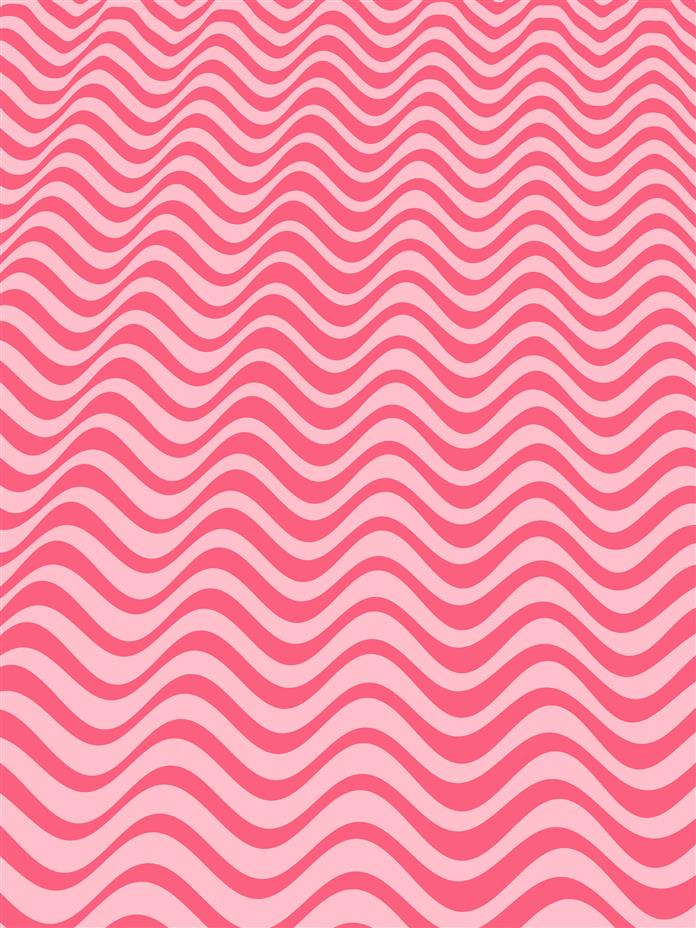
A cloth appears red, because it has not absorbed that part of natural light, which has a wavelength equivalent to what we know as the color red, but rather, it has reflected it.
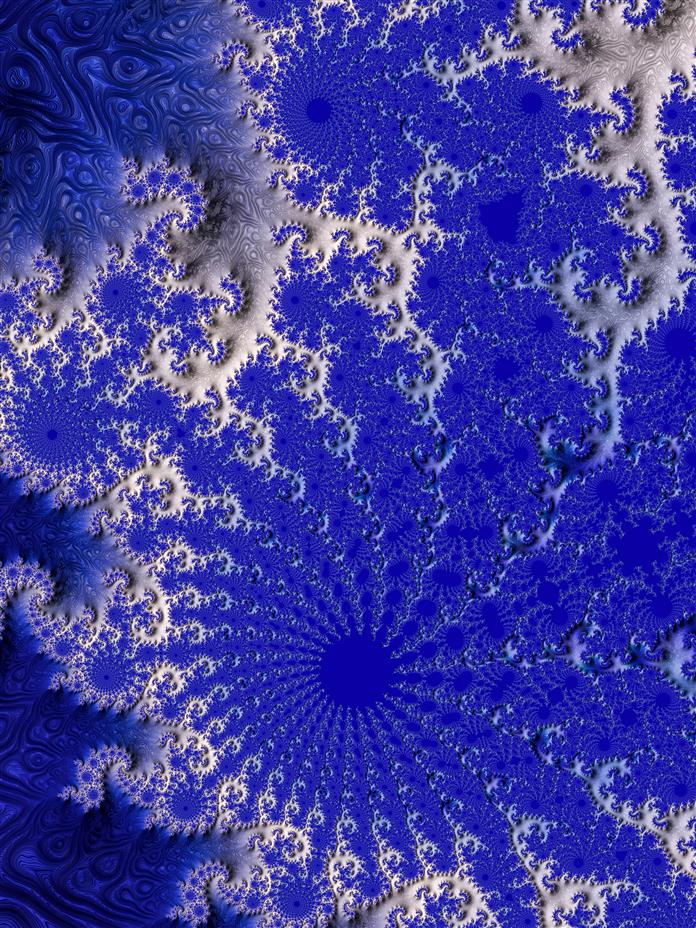
The same thing happens when light is reflected off the stains or natural fibers. The reflected light enters our eyes, thus making us assume that grease stains are dark-colored and blood stains are red in color.

Classification Based on Chemical Methods

Oxidizing Bleaching Agents
Household solutions are either chlorine solutions or oxygen solutions.
Chlorine solutions contain 3-6% solution of sodium hypochlorite (NaOCl). Hypochlorite ion, i.e. Ocl-, is the active ingredient.
Chlorine solutions contain 3-6% solution of sodium hypochlorite (NaOCl). Hypochlorite ion, i.e. Ocl-, is the active ingredient.
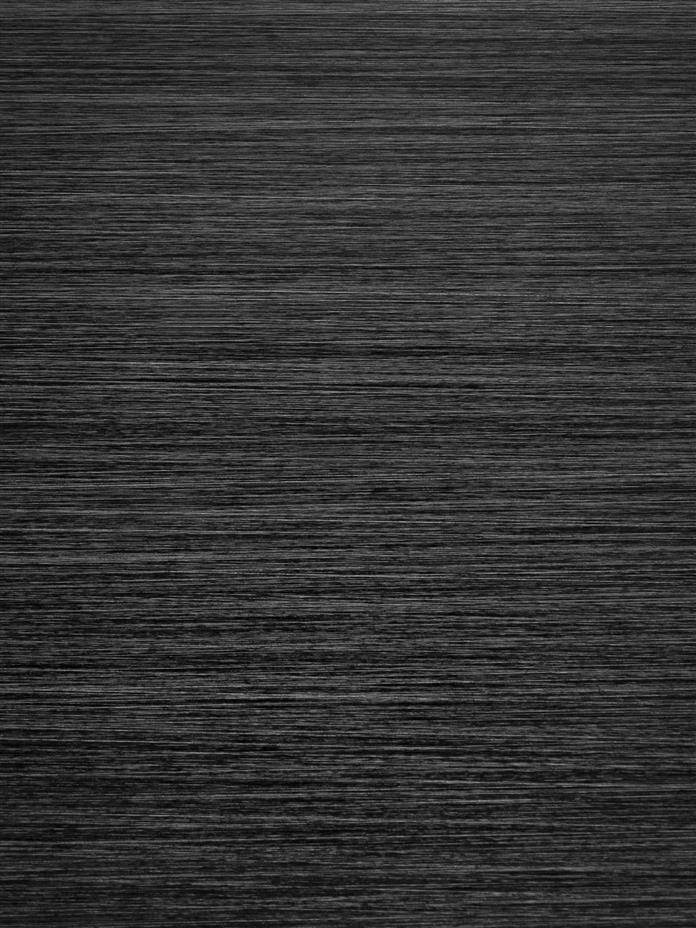
Sodium hypochlorite oxidizes and breaks double bonds between the carbon and oxygen atoms of colored substances, which results in it losing its ability to absorb natural light and thus, appears colorless.

Sodium hypochorite either eliminates the chromophores or breaks and shortens the oxygen-carbon bond, so that it starts absorbing invisible light such as ultraviolet light.

Oxygen solutions contains hydrogen peroxide (H2O2) or hydrogen peroxide releasing compounds, for eg., sodium perborate, sodium percarbonate, or sodium persulfate, etc. Hydrogen peroxide is itself an active ingredient, but the perhydroxyl anion, OOH-, acts as the main active agent in a bleaching solution. Hydrogen peroxide is commonly used for bleaching hair.

Both chlorine and oxygen bleach solutions are used in the laundry business for stain removal, and also to bleach cloth. This is done to decolorize them before they are dyed.

Reducing bleaching agent
Chemicals such as sulfites, bisulfites, dithionites are used as bleaching agents. These chemicals acts as reducing agents in bleaching of pulp and textile.
- SO32- ion is an active ingredient in solutions containing sulfites.
- HOS3- ions are active ingredients of bisulfites.
- The ion, S2O42-, is an active ingredient in dithionite agents.

Although, bleaching ingredients are well-known for removing stains and color, they are also used in many applications from bleaching teeth to preserving food. Teeth bleaching products such as toothpastes, gels, and strips contain dental bleaches that release hydrogen peroxide, which is responsible for removing the tooth stains.
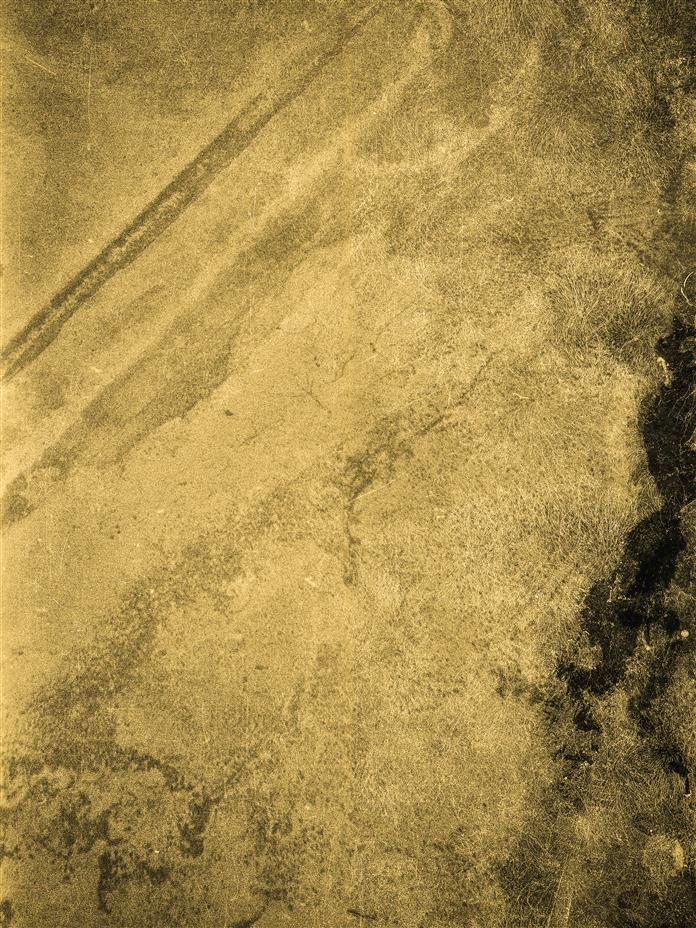
An active agent such as, hydroquinone is used in products, in the form of skin lighteners and freckle removers. It is also used in products that are used to treat hyperpigmentation.

Hydroquinone is an active ingredient which prevents the formation of melanin. Dried fruits are preserved using ingredients like sulfur dioxide. Bleaching agents are not only used to remove stains, but they are also used as antimicrobial agents.